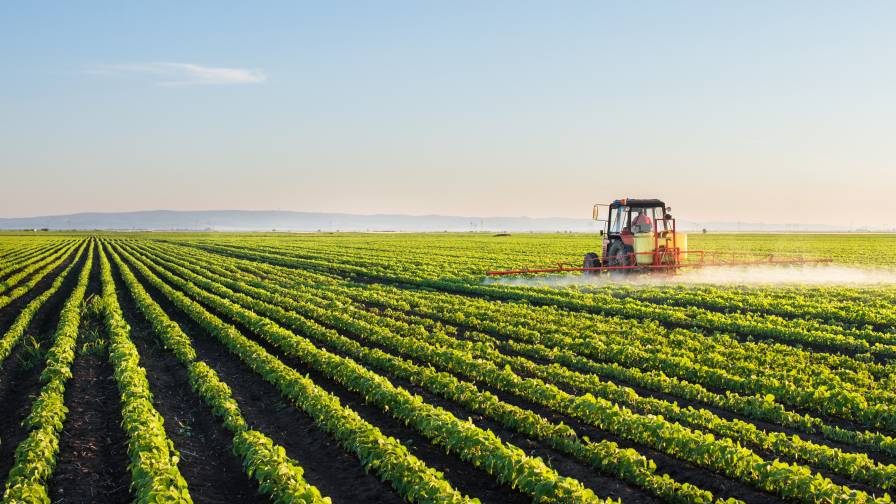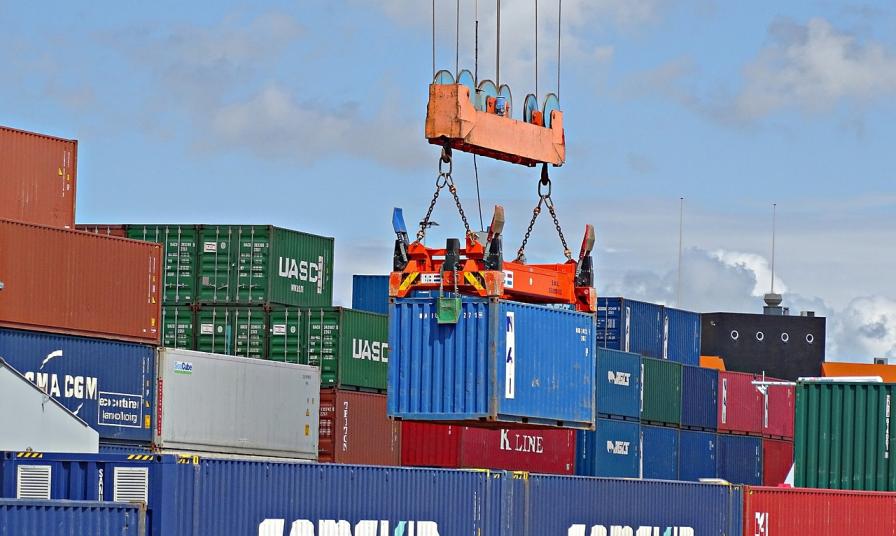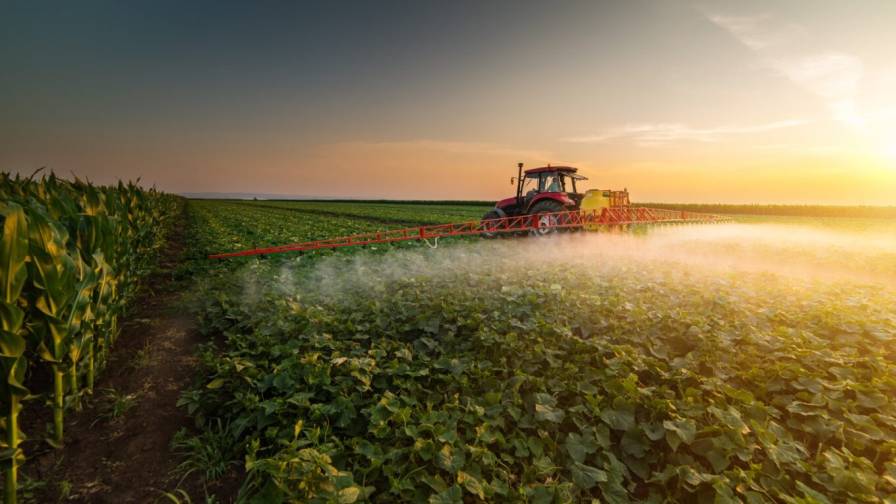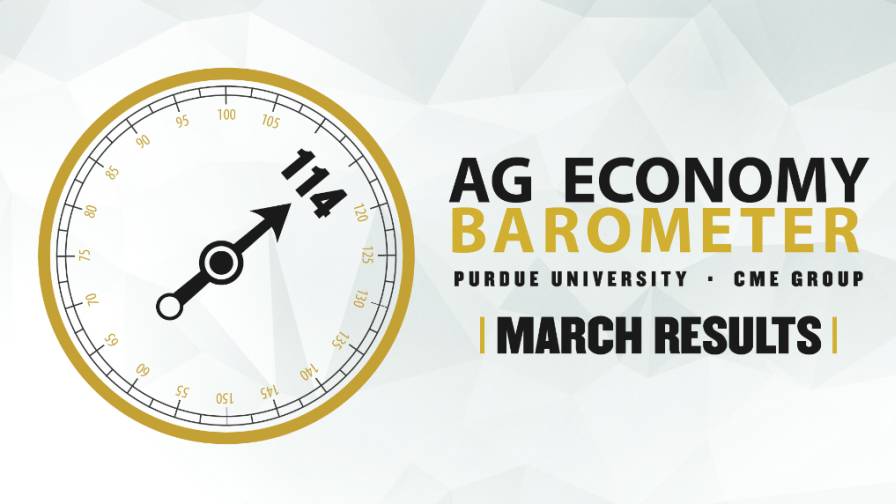There Are Big Opportunities in Carbon – and Ag Technology Can Enable Them
Editor’s Note: This article is adapted from a presentation the author made to the CoBank Agribusiness Executive Forum in San Diego, CA, in September 2021.
It’s not news that there are big opportunities for agriculture in the emerging market for carbon. But what may be news to many is how big the carbon market already is – and how huge it is projected to become. Consider:
- The total value of global carbon markets jumped 20% last year to a record $277 billion. Most of this increase came from the European Union’s Emissions Trading System, which accounted for nearly 90% of global value, according to Reuters.
- The global emissions trading market could be worth as much as $22 trillion by 2050, according to Wood Mackenzie.
- Carbon now makes up about 5% to 10% of the trading activities at energy giant BP, the Wall Street Journal reports.
In the U.S., agriculture is squarely in the middle of the national conversation around carbon sequestration. With its 12% share of total carbon emissions in the U.S., agriculture ranks behind only transportation, power generation, and industry generally and is the only major source whose share of emissions has actually increased over the past 20 years, the Context Network reports. This in spite of numerous steps agriculture already has taken and currently takes in sustainability including conservation tillage; use of cover crops; increased fuel efficiency; and better management of water, fertilizer, and livestock manure.
Yet the future could be far brighter for agriculture, both sustainably and financially, if we could leverage emerging ag technologies to capitalize on emerging markets for carbon credits as well as the wider opportunities about the overall value of healthy farmland – which, after all, is nearly every farmer’s most valuable asset and is gaining value all the time and reached a record $4,420 per acre at the time of this writing.
Soil Health: The Biggest Opportunity for Farming Since Biofuels
Simply put, soil health is the single biggest opportunity for American farming since biofuels, and carbon is just one reason why.
First, consider the expense side. Through increased use of biostimulants and other naturally derived compounds capable of fixing nitrogen, North American farmers could reduce use of nitrogen by as much as 20%. Not only would such a reduction be better for the soil, it could also save farmers as much $5.5 billion on current annual nitrogen expenditures of more than $27 billion.
Now consider the revenue side of the ledger. Assume there are as many as 180 million acres in the U.S. that could qualify for carbon credits. At payments of $20 per acre, the carbon credit market could register as an income opportunity to U.S. farmers of $3.6 billion. At $50 per acre … $9 billion. And at $100 per acre … $18 billion in incremental income to U.S. farmers.
Then there are the obvious public relations benefits to a public perception of agriculture as a significant solution to climate change. It has been estimated that practices that increase soil carbon sequestration can transform agriculture into essentially a large carbon sink, with a potential estimated offset of a quarter to fully one-third of global carbon emissions.
Now, there’s obviously no guarantee such a robustly sized market for carbon credits will emerge, though there are powerful macro agribusiness interests pulling in its favor including investors such as Black Rock, government regulators, corporations including food chains and processors, and activism at the consumer level along with escalating demand for organic food and reduced use of crop inputs on food crops.
There is also no guarantee biostimulants can adequately replace even 20% of current nitrogen application. Challenges still facing this rapidly growing product sector include financial stability of manufacturers to register and develop solutions; ability to manufacture consistently; ability to package and transport and ensure fresh delivery and concentration of microbes; access to the farm agronomist; use of biostimulants as part of a total IPM program; and consistent yield benefit and efficacy.
Last and perhaps greatest are logistical challenges inherent to implementing a practical carbon-credit market at the farm level: How do farmers measure, validate, record, and audit – that is, “MVRA” – their carbon management efforts without creating a nightmare of data management and paperwork? Even better would an effort to actually reduce the amount of documentation required of farmers who participate in the carbon market.
There is where precision ag technology can play a big role.
Ag Tech and Carbon Credits
There are of course many potential solutions to helping retailers and farmers capitalize on the opportunity in carbon credits. At American Vanguard we think we have one of them in our SIMPAS technology platform and its three major solutions:
- SIMPAS equipment provides a closed delivery system for prescriptive application of in-furrow products, dry and/or liquid, at planting
- SmartCartridge Containers deliver SIMPAS-applied Solutions (insecticides, nematicides, micronutrients, and biologicals) in RFID-tagged containers
- Ultimus technology platform provides data management to measure, validate, report, and audit. The result is an automatic electronic record of what was applied by whom, when, where, and at what rate
All of this technology is in the U.S. market now. But we are also taking it a step further. AMVAC has patents pending for use of blockchain technology which enhances the validity and credibility of application records that are an element of earning carbon credits for product applications. Because carbon credits are financial instruments that are awarded by a third party to farmers who will sell the credits to entities for use in off-setting that entity’s carbon footprint, all those involved in transactions associated with buying and selling carbon credits will benefit from the forensic quality accounting that results from the use of Ultimus-enabled product applications.
In other words: We anticipate the documentation step necessary for farmers to earn carbon is soon to get considerably easier than most of them might imagine.
The Role of Ag Retail in the Carbon Market
So how will retail play in this new and rapidly changing scenario? As farmers’ trusted advisors, ag retailers obviously stand to gain from a significantly sized market for carbon credits in agriculture through both added-value soil health solutions including biostimulants and added-value agronomy services provided through the prescription of crop inputs. But there are also lingering questions.
There is, for instance, the continuing issue of data management analytics – specifically, who owns the data arising from farmers’ carbon sequestration programs, and who uses it.
Will government incentives in the form of tax incentives and direct payments come through as promised? The immediate answer is that agriculture is building a strong case through emerging public-private partnerships; research at the land grant university; and the credibility that being able to measure, verify, record, and audit carbon programs provides.
Will retail have a strong hand in microbial soil testing technology that is capable of proving the measurable benefits of carbon credit programs? Here the proof will be in the pudding: If farmers can demonstrably see the increase in the long-term value of their farm, land, and soil, they naturally will be more inclined to deepen their relationships with their retail partners and to reward them financially.
And perhaps most importantly, will retail be able to really leverage the technology systems they have put in place for years now – not only in the form of precision mapping and prescription services and custom application, but also in inventory management such as that offered by Ultimus and the hosting of authorized filling stations for crop inputs as are being set up for SIMPAS-applied Solutions.
If retailers are able to rise to the occasion, offering services such as these presents a big opportunities for ag retail, especially as competitive pressures increase and electrical vehicle usage cuts into the ethanol market. Better to hedge your bets.
The Opportunity is Here … Now
Bottom line: Carbon and soil health present a great opportunity for all of us in agriculture – farmers, retail, input suppliers, and on through the food chain – that is not likely to go away soon. For this reason, all of us should be on the front lines, actively lobbying for an extensive carbon credit program that involves agriculture.
For retail specifically, the time is good to invest in technology that will enable carbon credits at the farm level. Partnerships should be selected carefully because they will have a big impact on success. And perhaps more than anything, retail should be open and ready for rapid and important change because opportunities like this – to produce incremental income, to deepen relationships with farmer customers, and to play a significant and highly visible role as a solution to one of our society’s most intractable problems in climate change – do not come along for agriculture every day.






